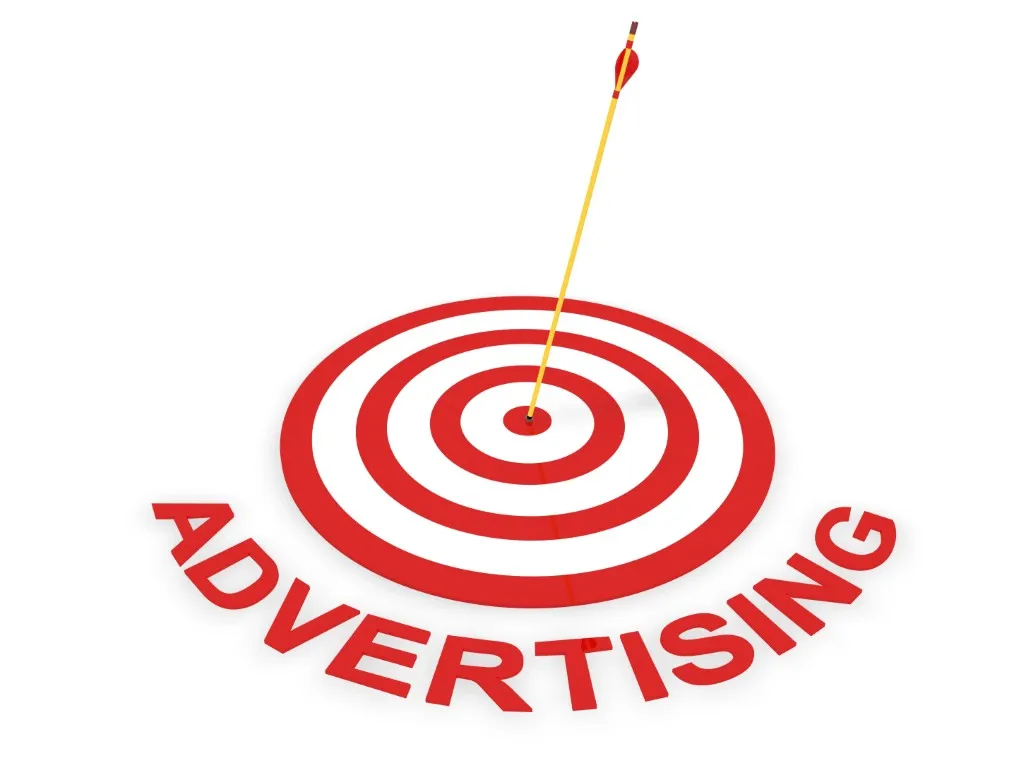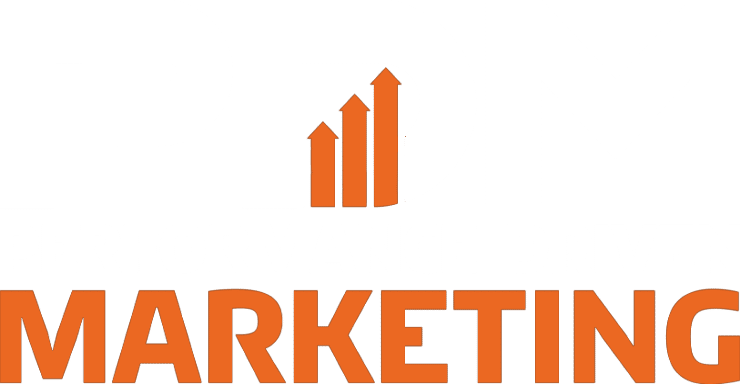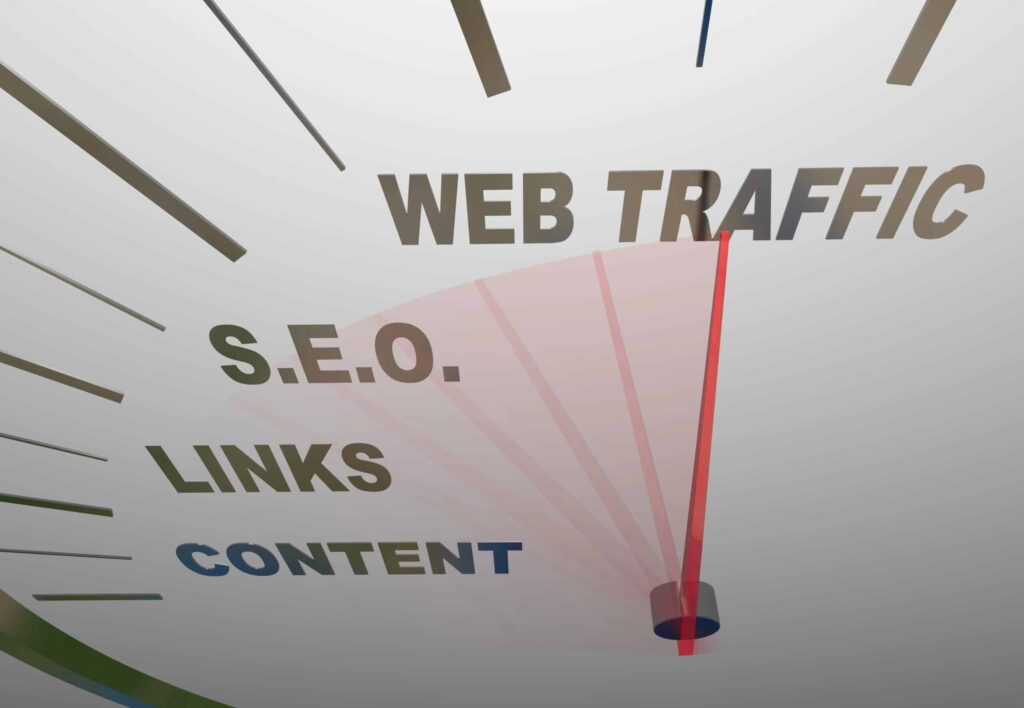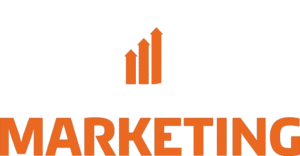
Running paid ads can be one of the fastest ways to get your business in front of potential customers. However, if not done correctly, it can drain your budget. Whether you use Google Ads, Facebook, Instagram, or another platform, every click counts. So, how do you ensure your money is well spent? Here are key strategies to help you avoid wasting money on paid ads.
Define Clear Goals Before Spending a Dime
Do you want to get more leads? Boost e-commerce sales? Increase app downloads? A vague goal like “get more traffic” isn’t enough. Know your objective so you can choose the right platform, create targeted messaging, and effectively measure results. Your goal should be directly tied to growing your company’s top line and follow SMART guidelines (specific, measurable, achievable, relevant, and timely).
Know Your Audience
One of the biggest mistakes you can make with paid ads is targeting too broadly. Take time to define your ideal customer, including their age, gender, locations, interests, pain points, and buying behaviors. Use this data to narrow your targeting. The more specific you are, the less money you’ll waste on uninterested users.
Use Negative Keywords
If you’re using Google Ads, make sure you set up negative keywords. These terms prevent your ads from appearing in irrelevant searches and leading to unwanted clicks and poor-quality traffic. For example, if you sell luxury jewelry, you may want to add the word “cheap” to your list of negative keywords to avoid attracting those searching for a bargain.
Split Test Everything
Don’t assume the first version of your ad is the best. Run A/B tests on headlines, ad copy, images, CTAs, landing pages, and anything else that your audience will see. Even a small improvement in click-through or conversion rates can save (or earn) you hundreds or thousands of dollars over time.
Optimize Landing Pages
Driving paid traffic to a weak, outdated, or irrelevant landing page does little to help your business grow and attract new customers. Make sure your page is fast, mobile-friendly, easy to navigate, and directly aligned with your ad message. You need clear CTAs and value propositions.

Watch Your Budget and Bids
Set daily or lifetime budgets to avoid surprises. Also monitor your cost-per-click (CPC) and cost-per-acquisition (CPA) metrics. If they start climbing beyond what’s profitable, you may need to pause and reevaluate your paid ads campaign.
Use Retargeting Wisely
People rarely convert on the first visit. Retargeting ads help bring users back — however, be careful not to bombard them. Frequency capping limits the number of times an ad is shown to a specific user, preventing ad fatigue and frustration. Also, segment your retargeting list to serve more personalized content.
Track Everything
Install conversion tracking pixels and use analytics tools to measure performance. Don’t rely on vanity metrics like impressions or clicks. Instead, look at how many leads, purchases, or sign-ups your ads generate — and how much each one costs.
Avoid “Set It and Forget It” Syndrome
Even well-optimized paid ads require regular check-ins. Review your campaigns once a week, pause underperformers, shift your budget to winners, and keep testing new creatives. Platforms and audience behaviors change — your ads should too.
Invest in an Effective Fraud-Prevention Tool
If you’re working with online business advertising, consider investing in an anti-ad fraud tool. This helps your business by easily detecting inconsistencies in the data from your ad campaigns. It will lower the chances of your ads being compromised and give you peace of mind.
Avoid Over-Diversifying
If you’re already using two or more ad platforms, you don’t need to diversify further. The more platforms you use, the fewer resources and funds you have for dominating a primary platform. Choose those that help you reach your audience the most.
Utilize Geo-Targeting
If your business serves specific locations, geo-targeting ensures your ads are only shown to users in relevant areas. This helps prevent wasting money on traffic from outside your service zone.
Work With a Pro (If You’re Overwhelmed)

If creating and posting paid ads feels like an expensive guessing game, you’re not alone. A professional can often save you money and unnecessary headaches by avoiding costly rookie mistakes and using data-driven approaches.
Be Smart When it Comes to Paid Ads
Paid advertising doesn’t have to be a drain on your budget — it just needs to be done strategically. By setting clear goals, targeting the right audience, optimizing your campaigns, and continuously tracking performance, you can turn your ad spend into a smart investment rather than a costly mistake. Remember, success with paid ads isn’t about spending more — it’s about spending smarter.







